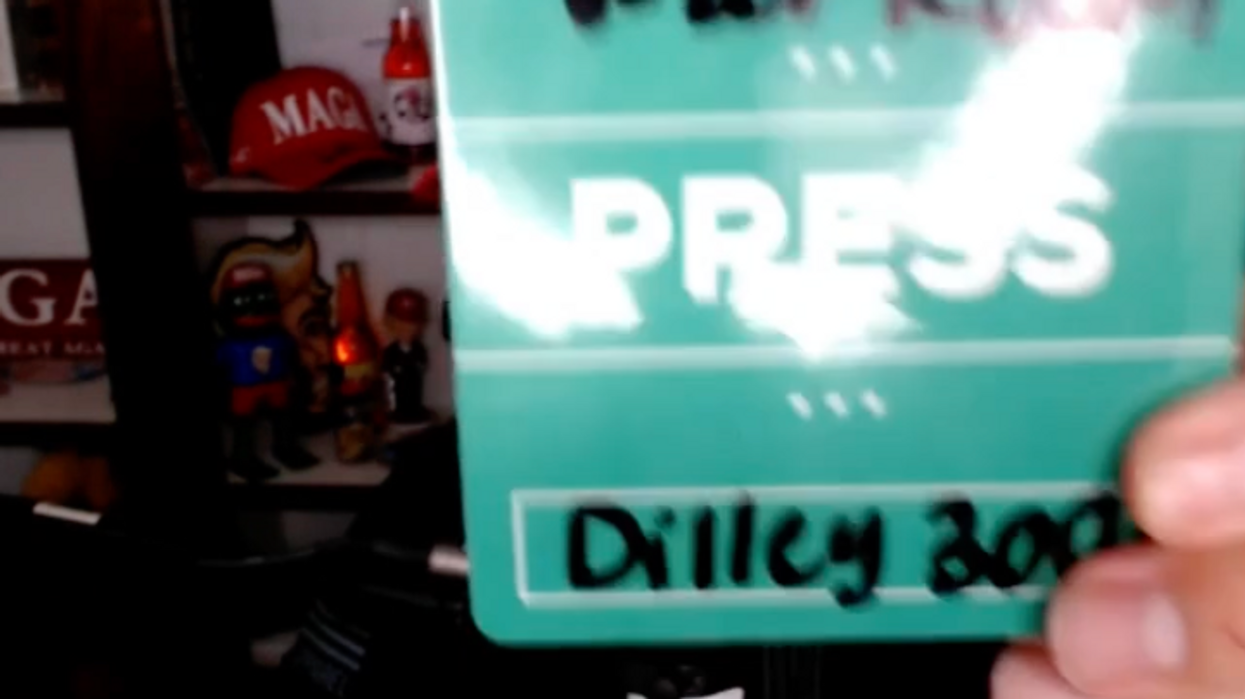
Reprinted with permission from Creators.
Phony “news” stories aren’t the only toxic content being spread on social media these days. Bad people are pitching digitally touched-up rear ends and modified thighs as real, dismaying teens and young women unable to attain what’s being sold as perfection.
Public anger at the ills unleashed by social media currently burns hottest on Facebook — namely, its profiting off political lies posted by masked operatives. Many also blame Facebook for stoking the modern hell of FOMO — fear of missing out. We speak of the feelings of inadequacy fanned by friends’ jolly vacation and party posts, presentations that make many think everyone is having a better time than they are.
But an interesting study out of Britain suggests that for young women especially, Facebook isn’t the most damaging social media platform out there. Instagram is.
The United Kingdom’s Royal Society for Public Health asked nearly 1,500 people ages 14 to 24 to score the five leading social networks on matters related to health and well-being. The issues included anxiety, depression, loneliness, body image and real- world relationships.
Facebook landed in the middle. YouTube was rated as most positive, followed by Twitter. Then came Facebook and Snapchat.
Instagram ranked as the most negative. The reason is easy to guess. As a photo- and video-sharing service, Instagram focuses on image. Young people have long obsessed with appearance. That makes faked visions of youthful beauty unusually cruel.
Instagram bombards young women with pictures of flawless bodies in bikinis. These physical ideals are unobtainable — even by the models posing in those doctored pictures. That’s not how they’re presented, though. Vulnerable young women feel ugly, inferior and socially doomed.
Though these images are as bogus as the made-up political controversies sown by Russian bots, they haven’t raised the public’s are nearly as high. That’s understandable, given the stakes for the world, but manipulated photos directed at the young still represent a harm.
The RSPH recommends that social media platforms put what amounts to warning signs on photos of people whose images have been digitally changed. More than two-thirds of the young people surveyed liked that idea.
Setting aside the messages being beamed, the retreat into social media itself seems to be making young people sadder. The hours lost chatting online are obviously hours not spent in face-to-face friendships — or just in the sunshine.
Researchers at the University of Pittsburgh surveyed nearly 2,000 people ages 19 to 32 about their social media use. They found that those clicking onto these platforms more than 58 times a week were three times likelier to feel lonely than others visiting fewer than nine times.
A study published in the journal Computers in Human Behavior found that those who use seven or more social networks seem to be three times as likely to suffer from general anxiety as those using two or fewer platforms.
It could be that people who live on social media do so because they are depressed or anxiety-ridden to being with. What shocked me most was the revelation that some of us are on more than seven social media platforms.
Of course, no one has to be on social media. Some psychologists insist that it’s become an addiction for many. Despite some compelling comparisons of the way slot machines and social media platforms are designed, the jury remains out on that.
But the damage caused by fake content hits both casual and fanatical users alike. Whether in the form of words or digitally manipulated photos, doctored content has invaded social media. In most cases, the manipulators are not doing it for the benefit of others. They’re just playing with their heads.
Follow Froma Harrop on Twitter @FromaHarrop. She can be reached at fharrop@gmail.com.To find out more about Froma Harrop and read features by other Creators writers and cartoonists, visit the Creators webpage at www.creators.com.


